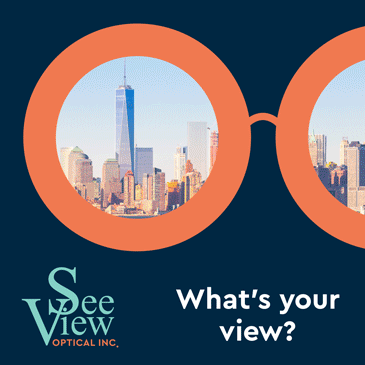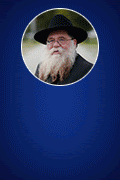Some 30-plus years ago there was an extremely successful advertising campaign for Levy's rye bread that used the slogan "you don't have to be Jewish to love Levy's." The advertisement featured a native American munching on a sandwich made with the company's product.
One is reminded of that advertisement when viewing an exhibit currently at The Jewish Museum: "The Jewish Identity Project: New American Photography," which challenges our visual assumptions of what constitutes a Jew. Some 10 bodies of work by 13 artists, involving film and still photography, uses a variety of approaches, both real and fanciful.
Andrea Robbins and Max Becher's "Brooklyn Abroad, 2004-2005" series shows how members of the orthodox Lubavitch Hasidim maintain their religious identity no matter how far they're from their New York-based community. Lubavitchers in Iowa present an unlikely picture as they mow lawns, fish by a creek or simply pose against rural green backgrounds.
Cameras expose hidden diaspora
Chabad Lubavitch Chassidim, subject of Jewish Identity Project which challenges the visual assumptions of what constitutes a Jew.
Some 30-plus years ago there was an extremely successful advertising campaign for Levy’s rye bread that used the slogan “you don’t have to be Jewish to love Levy’s.” The advertisement featured a native American munching on a sandwich made with the company’s product.
One is reminded of that advertisement when viewing an exhibit currently at The Jewish Museum: “The Jewish Identity Project: New American Photography,” which challenges our visual assumptions of what constitutes a Jew. Some 10 bodies of work by 13 artists, involving film and still photography, uses a variety of approaches, both real and fanciful.
Andrea Robbins and Max Becher’s “Brooklyn Abroad, 2004-2005” series shows how members of the orthodox Lubavitch Hasidim maintain their religious identity no matter how far they’re from their New York-based community. Lubavitchers in Iowa present an unlikely picture as they mow lawns, fish by a creek or simply pose against rural green backgrounds.
The exhibit, and accompanying catalog of the same name ($40/Yale University Press) literally puts a new face on the ancient religion through documentary and fine art work.
Dawoud Bey’s large portraits of black Jewish teenagers would provide no clues as to their religious identity were it not for Dan Collison and Elizabeth Meister’s interviews played through headphones alongside them. For Bey, eye contact is everything, and his subjects are looking not so much at his camera but at you. He isn’t as intent with creating an environmental portrait (although the elements exist in his works) as he is with making an almost confrontational image.
Chris Verene’s color “Prairie Jews” series is yet another example of the unexpected, debunking stereotypes by showing that you cannot automatically attach an ethnic appearance to a religious group. The residents of his hometown of Galesburg, Ill. could be from just about anywhere in middle America. Verene’s stated purpose to better relate to his subjects and not violate their confidences, so his benign images are only somewhat documentary, with the subject having a bit more control over the final shot than would ordinarily be the case.
Andrea Robbins and Max Becher’s “Brooklyn Abroad, 2004-2005” series shows how members of the orthodox Lubavitch Hasidim maintain their religious identity no matter how far they’re from their New York-based community. Lubavitchers in Iowa present an unlikely picture as they mow lawns, fish by a creek or simply pose against rural green backgrounds.
Korean-born Nikki S. Lee takes her work to the ultimate step, placing herself in photographs a la Cindy Sherman, but without Sherman’s theatricality. Assuming the role of a bride in a Jewish wedding, Lee seamlessly weaves herself into the activities without appearing to be out of place. Given the nature of the exhibit, the idea of an Asian bride at a Jewish wedding hardly is out of place. In fact, you’d almost expect it.











